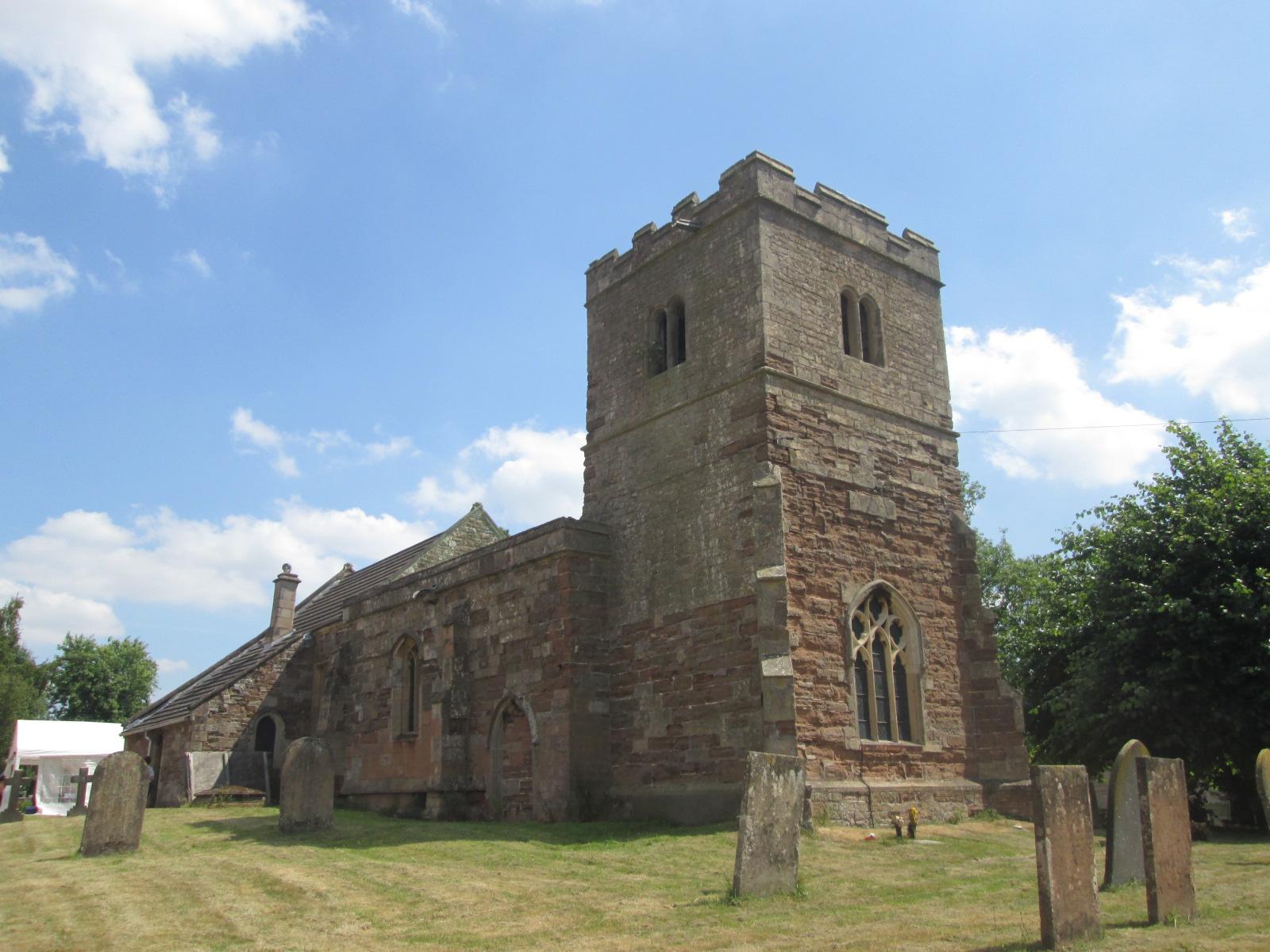St Andrew
Eakring, Nottinghamshire
Beautiful village church with links to Revd William Mompesson.

Dates from the 13th century and is thought to have replaced an earlier Saxon preaching cross, the remains of which are preserved in a glass case in the south transept.
Bilsthorpe, Nottinghamshire
The church, dedicated to St Margaret of Antioch, stands on a small hill overlooking the old and new village of Bilsthorpe and consists of a nave, south porch, south transept, a chancel with a vestry and a west tower The church has been altered throughout time, the south Savile chapel was added in 1879, the south porch was also added or rebuilt around this date with an original 14th century doorway into the nave and a 19th century door. The vestry/organ chamber was built in 1873 and the 1943 organ has now been replaced by an electronic one. The tower has two stages, the lower stage was built in the 14th century and the upper stage in 1663. The original two bells in the tower from 1552 were replaced in 1663 and are still present to this day. There is recorded evidence of a moat and the former (old) parsonage house and manor house are in close proximity to the church.
The churchyard is approximately square and surrounds the church with burials on all sides. The churchyard extension, on the opposite side of Church Hill, adjacent to the new rectory, was opened and consecrated in 1902. Here, there is a mass grave of 14 workmen, sinkers who were working on the new Bilsthorpe colliery in 1927, and were killed in a mining accident. This graveyard also contains two commonwealth war graves from World War II.
Eakring, Nottinghamshire
Beautiful village church with links to Revd William Mompesson.
Clipstone, Nottinghamshire
The Bolsover Colliery Company gave the site and £3,000 for the building of this miners’church, in red brick, which was dedicated in 1928.
Southwell, Nottinghamshire
Said by many to be the best kept secret among the forty two English cathedrals, it is a gem dating from 1108.